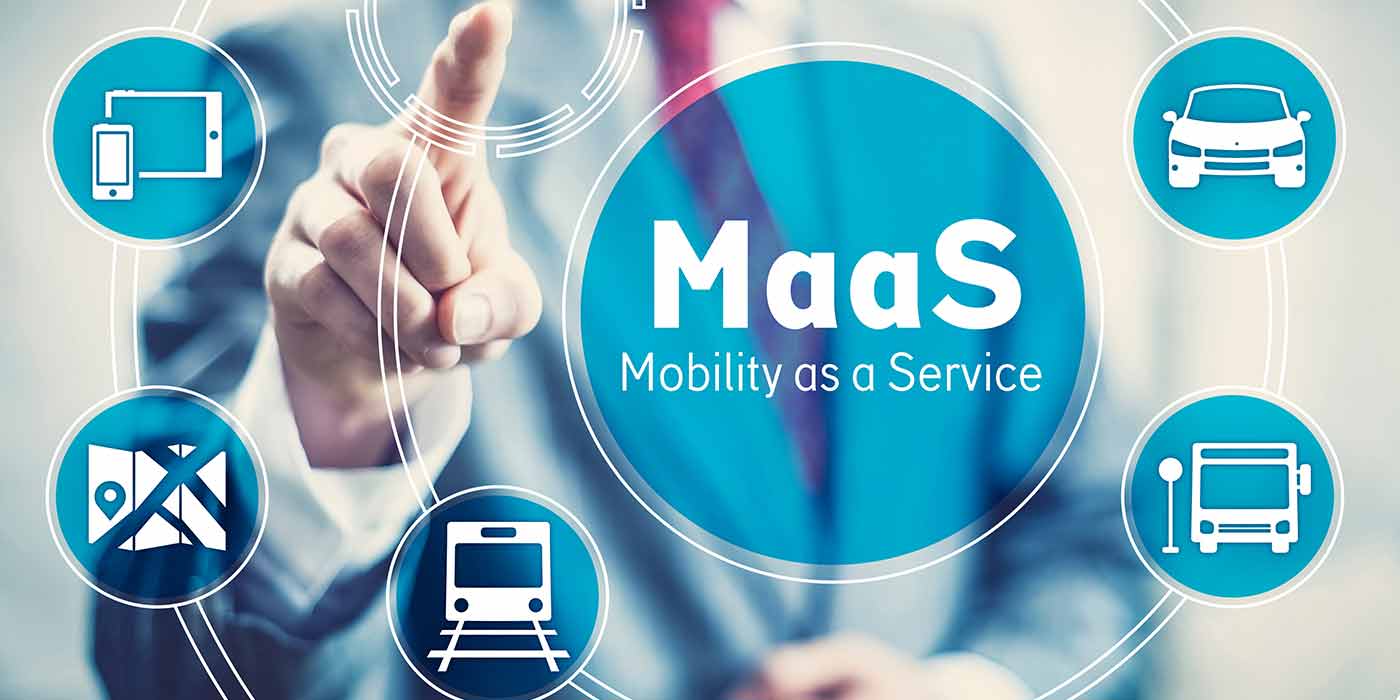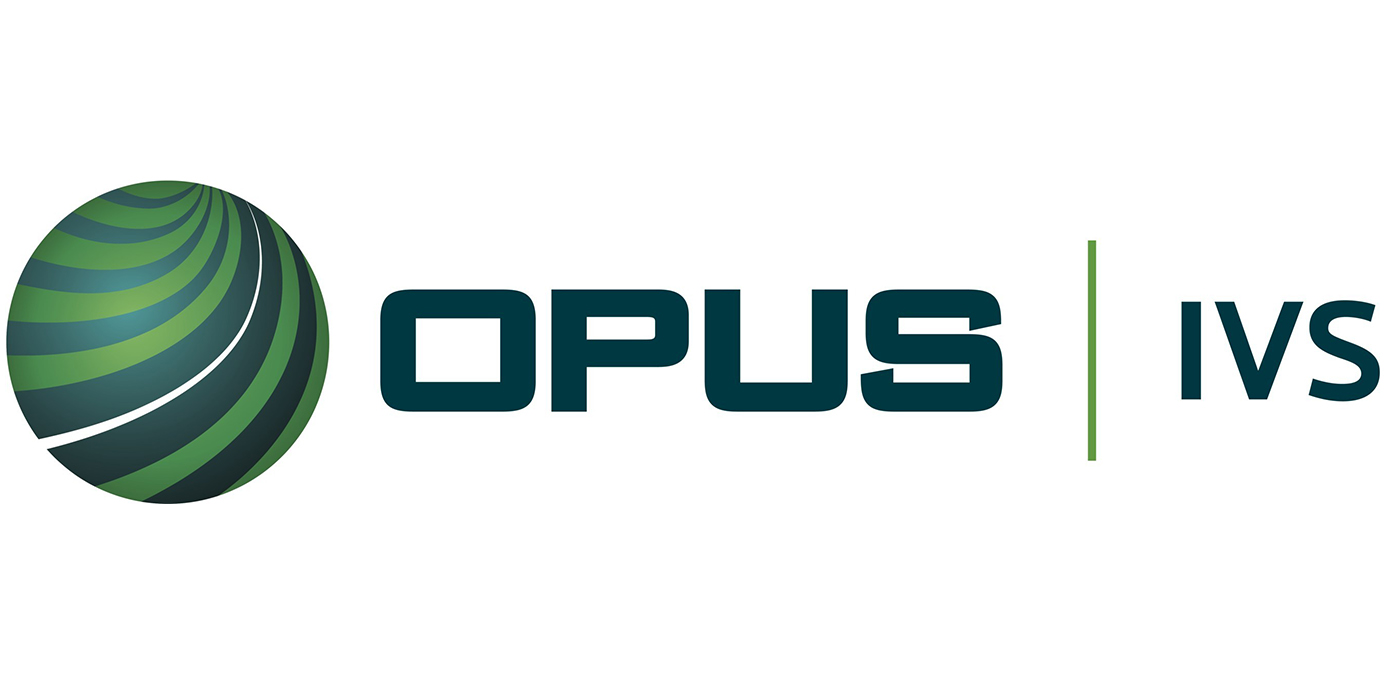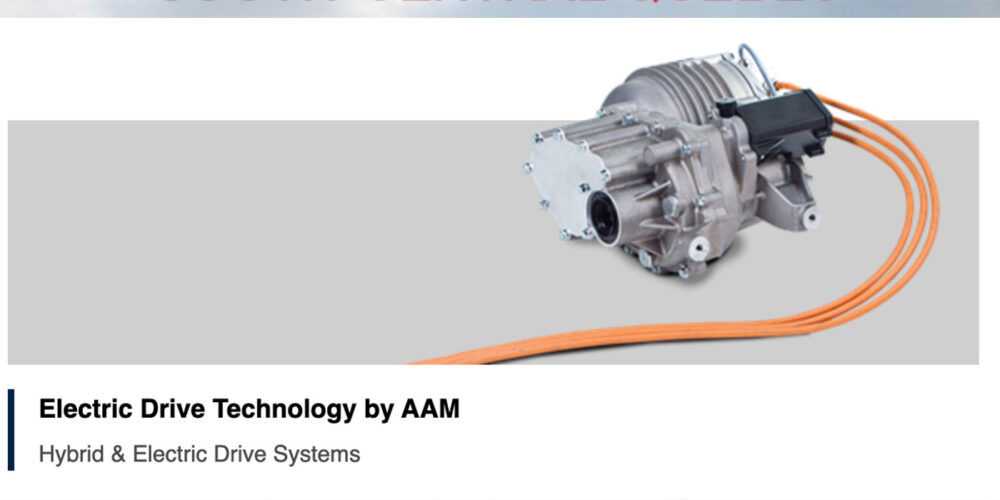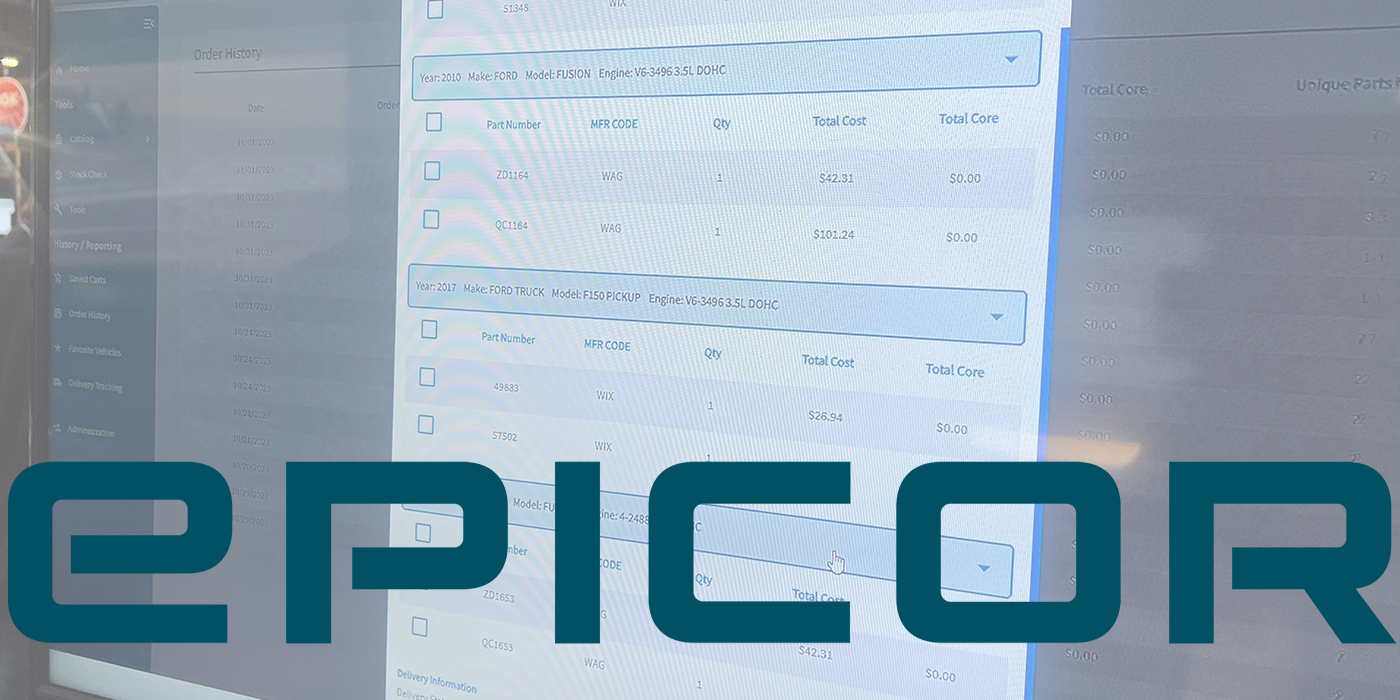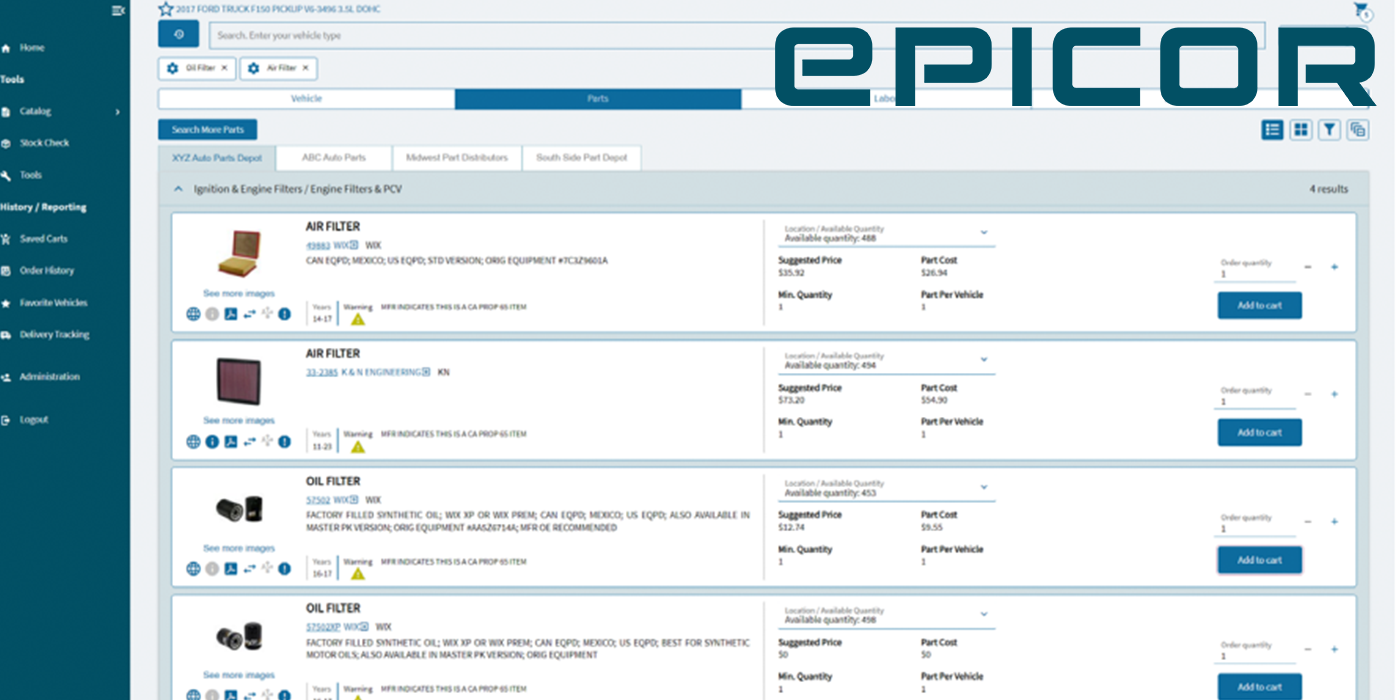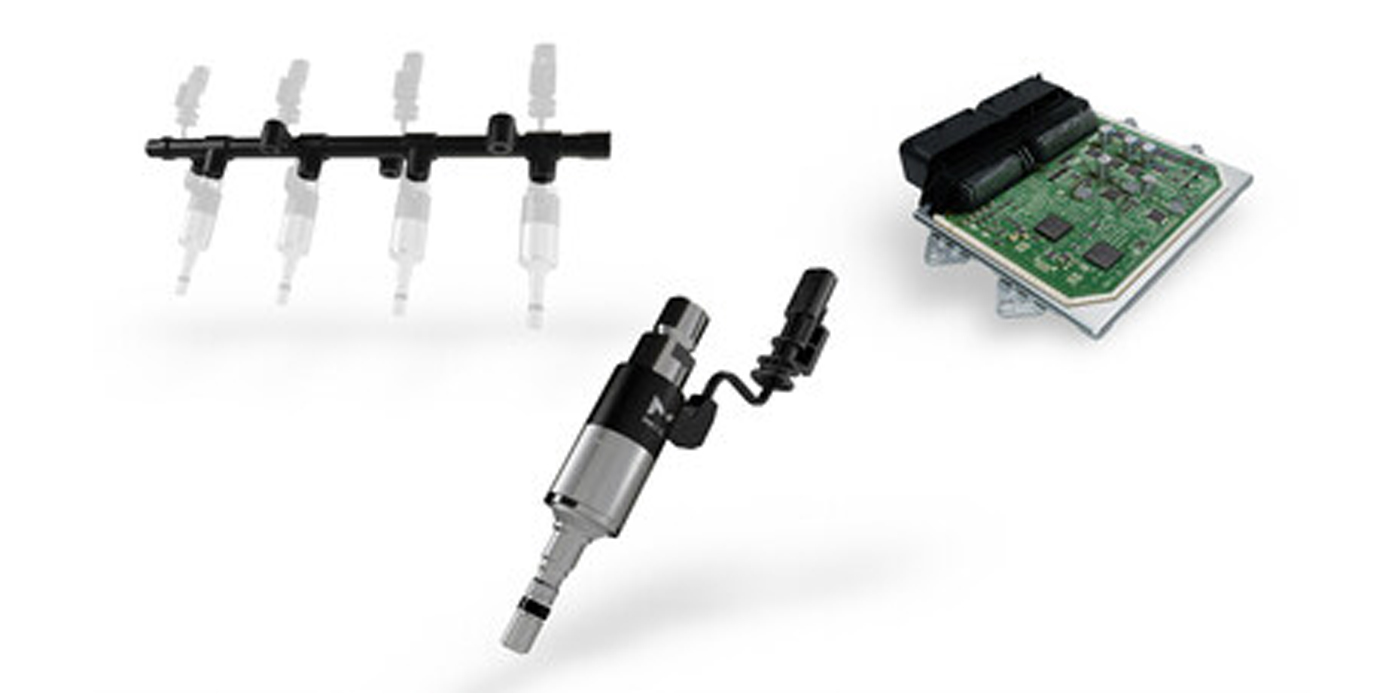Aligning Your Departments to Achieve Corporate Goals
Posted: Feb. 24, 2004, 9 a.m., EST
by John Steidl, Thomas Group consultant and Mike Manor, President, Automotive Aftermarket, Thomas Group
IRVING, TX — In our last article we raised the issue of conflicting department strategies without really addressing it. Let’s do that now. As an example, what happens when finance drives for lower inventory levels to minimize working capital costs, sales and marketing promises customers more inventory to improve service, and production plans long manufacturing runs with low flexibility to maximize favorable variances? The results will not be pretty.
In the best performing companies, day-to-day decisions and behaviors throughout the organization support the overall goals and strategy that management has established. In order to accomplish this, we need to ensure that:
* The business strategy is clearly articulated;
* Individual departments have well-defined operational strategies;
* Those operational strategies are aligned with the overall business strategy, and;
* The department strategies are not somehow in conflict with each other.
As most of us have experienced, this is far easier said than done. But it can be done, and here’s an approach that works.
1. Define and communicate the overall business goals and strategies. Revisit this every year as part of the annual planning and budgeting process.
2. Have department heads define and articulate their operating strategies in support of the overall business strategy. For example, does manufacturing see its mission as maximizing favorable variances to support short-term profitability goals, or maximizing flexibility to support increased customer service? These two missions will produce very different behaviors and outcomes on a day-to-day basis, not to mention longer-term investment strategies.
3. Think through how each department will be impacted by the operating strategies of other departments. There will be many “unintended consequences,” and some of them are bound to cause problems. For example, suppose a company is trying to improve market share through more aggressive promotions. Marketing might decide that a key strategy is to significantly increase the frequency of promotions. What are the implications of the new promotional schedule for the operational departments? Can they deliver weekly promotions with their current processes and practices?
4. Run a series of cross-functional working meetings to hammer out these issues. In some cases, the processes and capabilities of one department may not be able to support the strategies of another department. In other cases, different departments may have operational strategies that are flat out in conflict with each other. We need to get these situations out on the table and resolved before they cause havoc. The solution may be as simple as re-aligning an errant department to the rest of the organization. More often, however, the conflicts will point to critical requirements for process change. In the promotion example, the company will probably need to overhaul its promotion process in order to successfully deliver to a weekly schedule.
5. Make the gaps identified in step (4) the centerpiece of your operational improvement plan for the coming year. If you don’t, you probably won’t make your plan.
6. Make sure that personal and departmental incentives are closely aligned with the goals and strategies established above. If they aren’t, you’ll undo everything you’ve just accomplished.
This six-step process is simple, but it isn’t easy or painless. It takes dedication and hard work. The application of this process, however, is what separates top performing companies from everyone else.
For additional information, visit www.thomasgroup.com or call Mike Manor at 972-401-4444.
_______________________________________
Click here to view the rest of today’s headlines.
“AMN Perspectives by Thomas Group: Experience at Work” is written and sponsored by Thomas Group. The opinions expressed in “AMN Perspectives by Thomas Group: Experience at Work” articles appearing on aftermarketNews.com do not necessarily reflect the opinions of AMN or Babcox Publications.

